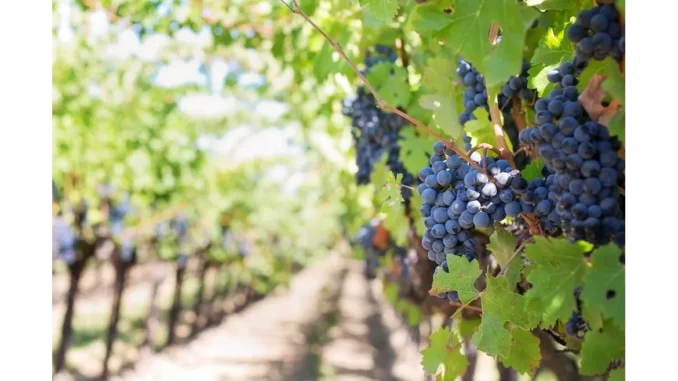
The Allure of Fine Wine Investment: A Luxurious Alternative Asset Class
Invest in your homeElegancia.homes orangeries increase value and appeal over other properties.
In the world of sophisticated investments, fine wine emerges as a captivating asset, offering both financial potential and an indulgent journey into renowned viticultural regions. With wines from Bordeaux and Burgundy leading the charge, the fine wine market has demonstrated an impressive compound annual growth rate of 8% over the past 15 years, with certain sectors like Burgundy surpassing these returns. For the discerning investor, wine presents an opportunity to blend passion with profit. Yet, as with any investment, it is imperative to approach wine investing with a strategic mindset and a thorough understanding of the market nuances.
The Unique Advantages of Wine Investment
Why do investors turn to wine over traditional assets such as stocks or real estate? One significant allure is the tax efficiency; profits from wine sales are typically exempt from capital gains tax (CGT), offering a compelling advantage for portfolio diversification. Moreover, wine possesses a storied history of appreciating in value, often becoming more desirable with age. However, investors must remain vigilant to the inherent risks, such as market volatility impacting the value of collections or the potential of not recouping the initial investment.
Navigating the Wine Market
Understanding the structure of the wine market is crucial for any aspiring connoisseur-investor. The market bifurcates into primary and secondary sectors, with Bordeaux and Burgundy standing as the epitome of investment-grade regions.
-
Primary Market: Here, wines transition directly from producers to consumers, facilitated by wholesalers and retailers. While some collectors procure wines from this sphere, the primary market is not typically the focal point for investment-grade selections.
-
Secondary Market: This realm is where the art of wine investment truly unfolds. Investors engage with merchants, auction houses, online exchanges, and brokers to buy and sell fine wines. Auction houses, in particular, serve as bastions of authenticity, offering an extensive array of producers and vintages, particularly from the prestigious Bordeaux and Burgundy regions.
Selecting the Right Wines for Investment
In the pursuit of building a coveted collection, consider the following factors when investing in Bordeaux and Burgundy wines:
-
Age-Worthiness: Opt for wines with the potential to mature gracefully over a 10 to 20-year span. Bordeaux and Burgundy wines are famed for their aging potential, evolving in complexity and depth, thus enhancing their market value.
-
Quality: Prioritise wines that command high regard among critics and consumers alike. The producer’s reputation is paramount, especially in Bordeaux and Burgundy, where certain estates boast a venerable legacy of crafting investment-grade wines.
-
Marketability: Select wines with a proven track record in the secondary market. Bordeaux and Burgundy wines with established resale success are positioned to deliver profitable returns.
Practical Considerations for Purchasing and Storing Fine Wines
-
Buy from Reputable Merchants: Forge relationships with trusted wine merchants who can guide you toward selections with strong appreciation potential and assist in curating a diversified portfolio.
-
Prioritise Proper Storage: The preservation of your wine’s value hinges on optimal storage conditions. Wines should be shielded from heat and sunlight, stored in a temperature-controlled environment. Storing wines ‘in bond’ defers duty and VAT until sale, ensuring wines remain in pristine condition.
Curating a Diversified Wine Portfolio
The key to a successful wine investment portfolio lies in diversification across regions, vintages, and styles:
-
Age Diversity: Blend younger wines poised for future appreciation with mature wines ready for market, facilitating staggered returns.
-
Regional Diversity: While Bordeaux and Burgundy are indispensable staples, consider incorporating wines from burgeoning regions. Diversification mitigates risk and amplifies the potential for higher returns.
Embarking on the journey of fine wine investment offers an amalgamation of pleasure and profit, inviting investors to delve into the world of exquisite luxury products. With a strategic approach and informed perspective, you can cultivate a wine portfolio that not only appreciates in value but also enriches your understanding of this captivating asset class.


Be the first to comment